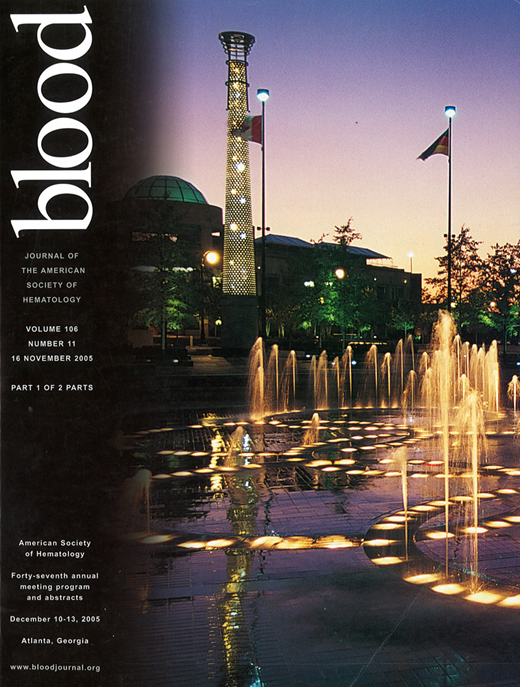Abstract
Background: Immune ablation with autologous stem cell transplant has been studied in small phase I/II trials with modest success. However, the administration of granulocyte colony-stimulating factor (G-CSF) has led to disease flare in a number of patients. Immunoablative dosing of cyclophosphamide (CTX) without stem cell rescue has been beneficial in a variety of autoimmune disorders, including CIDP, lupus, and myasthenia gravis, as well as inducing durable complete responses in patients with severe aplastic anemia. Therefore, we attempted this method in patients with intractable MS.
Methods: Patients were hospitalized; treatment was initiated with CTX at 50 mg/kg/day for four consecutive days. Patients were supported with adequate hydration and forced diuresis to prevent hemorrhagic cystitis. G-CSF was started 6 days after the completion of chemotherapy at 5 mcg/kg/day until the absolute neutrophil count (ANC) >1000 per UL for 2 consecutive days. Patients received supportive transfusions to maintain a hemoglobin of >8gm/dL and platelet count of >10 thousand/UL. Antibiotic therapy was administered per institutional guidelines for febrile neutropenia.
Results: Four of planned 10 patients with definite MS, median age 26 (range 23–37), have been treated since February, 2005. All had progressive neurologic decline refractory to standard therapy and also to moderate-dose intermittent pulse IV CTX (1 gm/m2 total dose per cycle) with concurrent IV glucocorticoids. They had received a median of 6.5 (range 3–8) prior cycles, to a total median dose 15,600 (range 10,000–20,000) mg of CTX. The median duration of hospitalization was 19.5 (range 16–21) days. Hematologic toxicity was of short duration, and all patients became neutropenic on day 9. Median duration of neutropenia was 11 (range 7–15) days, with grade IV neutropenia lasting a median of 10.5 (range 6–12) days. Two of 4 patients developed grade III anemia requiring packed red blood cell transfusions; no patient developed grade IV anemia. All patients required supportive transfusions with platelets for grade IV thrombocytopenia, lasting a median of 4.5 (range 2–8) days. Treatment was well tolerated, without serious non-hematologic adverse events. The most common side effect was nausea, mild in 2 patients and moderate in 1 patient. 2 patients experienced diarrhea. 1 patient developed hematuria requiring cystoscopy and bladder irrigation. Three of 4 patients received IV antibiotics for neutropenic fevers; no sources of infection were identified. One patient developed reactivation of oral herpetic lesions despite prophylactic acyclovir. One patient had self-limited mild stomatitis. All patients experienced improvement of neurologic functions, two were clinically dramatic; 3 patients also had dramatic improvement of MRI findings.
Conclusion: This is the first report of immune ablation in recalcitrant MS using high dose cyclophosphamide without stem cell rescue. Despite multiple previous CTX doses, all 4 patients responded clinically to high dose therapy, and treatment was remarkably well tolerated with short duration of hematologic toxicity. No disease relapses occurred during chemotherapy or administration of G-CSF. Further follow-up and additional patients are required to evaluate long-term efficacy and late toxicities.
Author notes
Corresponding author

